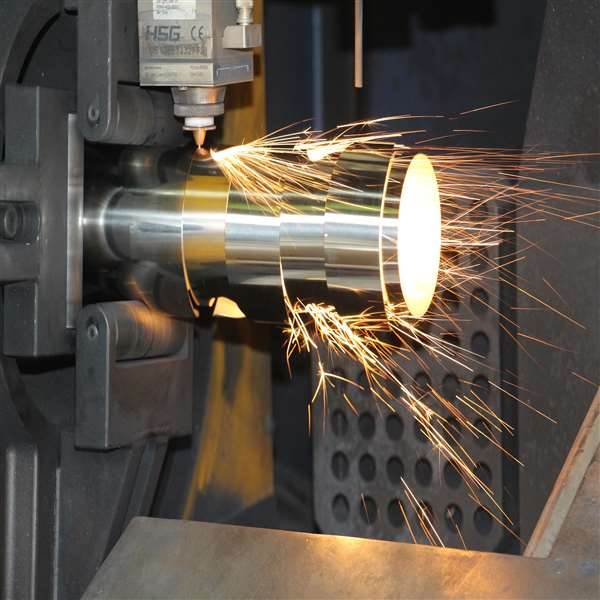Revolutionizing Manufacturing: The Rise of CNC Technology in a Futuristic World+ View more
Revolutionizing Manufacturing: The Rise of CNC Technology in a Futuristic World
+ View more
Date:2023-11-26 11:03
Introduction:
CNC (Computer Numerical Control) technology has long been at the forefront of manufacturing processes, allowing for precise and efficient production. However, as we venture into a futuristic world, the integration of CNC technology with emerging advancements promises to revolutionize manufacturing like never before. This article explores how CNC technology is evolving to shape the future of manufacturing, pushing boundaries, and enabling new possibilities.
1. Advanced Materials and 3D Printing:
In the futuristic world of manufacturing, CNC technology will play a pivotal role in working with advanced materials and 3D printing techniques. CNC machines will be capable of handling intricate designs and complex geometries, ensuring accuracy and precision. Moreover, the combination of CNC technology with 3D printing will enable the creation of complex structures and customized components that were previously unimaginable. This advancement will unlock new opportunities in industries such as aerospace, healthcare, and automotive.
2. Nanotechnology and Miniaturization:
The convergence of CNC technology with nanotechnology will lead to the development of incredibly small and precise manufacturing processes. CNC machines equipped with nanoscale tools will enable the fabrication of miniature components with high precision, opening doors to applications in fields like electronics, medical devices, and micro-robotics. This miniaturization trend will bring forth innovations that enhance functionality, efficiency, and portability in various industries.
3. Artificial Intelligence and Machine Learning:
As CNC technology progresses into the future, artificial intelligence (AI) and machine learning algorithms will increasingly be integrated into manufacturing processes. AI-powered CNC systems will learn from vast amounts of data and optimize machining parameters, tool paths, and process parameters in real-time. These intelligent systems will adapt to changing conditions, minimize errors, and maximize productivity. Through self-learning capabilities, CNC machines will continuously improve, ensuring optimal performance and delivering superior results.
4. Internet of Things (IoT) and Connectivity:
The future of CNC technology lies in its seamless integration with the Internet of Things. Connected CNC machines will communicate with other manufacturing equipment, sensors, and data analytics platforms in real-time. This connectivity will enable remote monitoring, predictive maintenance, and production optimization. By collecting and analyzing data from various sources, manufacturers can identify inefficiencies, reduce downtime, and enhance overall productivity.
5. Virtual Reality (VR) and Augmented Reality (AR):
The integration of CNC technology with virtual reality (VR) and augmented reality (AR) will transform the manufacturing landscape. VR will allow designers and engineers to visualize and simulate machining processes in a virtual environment, enabling rapid prototyping and design validation. AR, on the other hand, will provide real-time instructions and guidance to operators during machining operations, reducing errors and improving efficiency. These immersive technologies will enhance collaboration, accelerate decision-making, and streamline the entire manufacturing process.
6. Sustainability and Resource Efficiency:
In the future, CNC technology will be driven by a strong emphasis on sustainability and resource efficiency. Advanced machining strategies, such as high-speed machining and multi-axis milling, will optimize material usage and reduce waste. Additionally, intelligent CNC systems will monitor energy consumption, implement energy-saving measures, and contribute to environmentally friendly manufacturing practices. This focus on sustainability ensures that CNC technology aligns with global efforts towards a greener future.
Conclusion:
The rise of CNC technology in a futuristic world holds immense promise for revolutionizing manufacturing processes. Through advancements in materials, 3D printing, nanotechnology, AI, IoT connectivity, VR, and AR, CNC technology is set to push boundaries and enable new possibilities. The fusion of CNC technology with these emerging trends will drive innovation, efficiency, and sustainability across industries. As we venture into the future, the transformative power of CNC technology promises to reshape manufacturing, delivering products that were once confined to the realms of science fiction.
Share to:
Recommend wonderful blog posts

